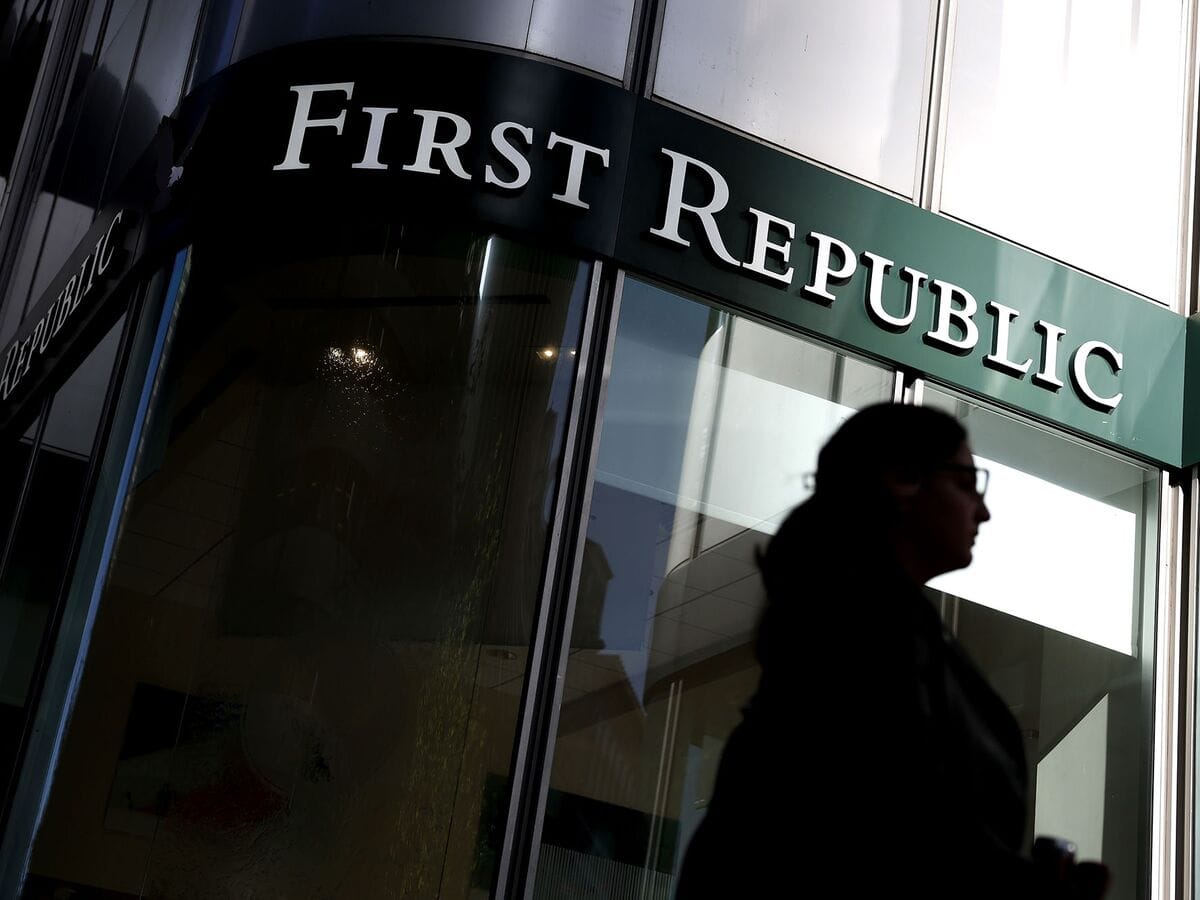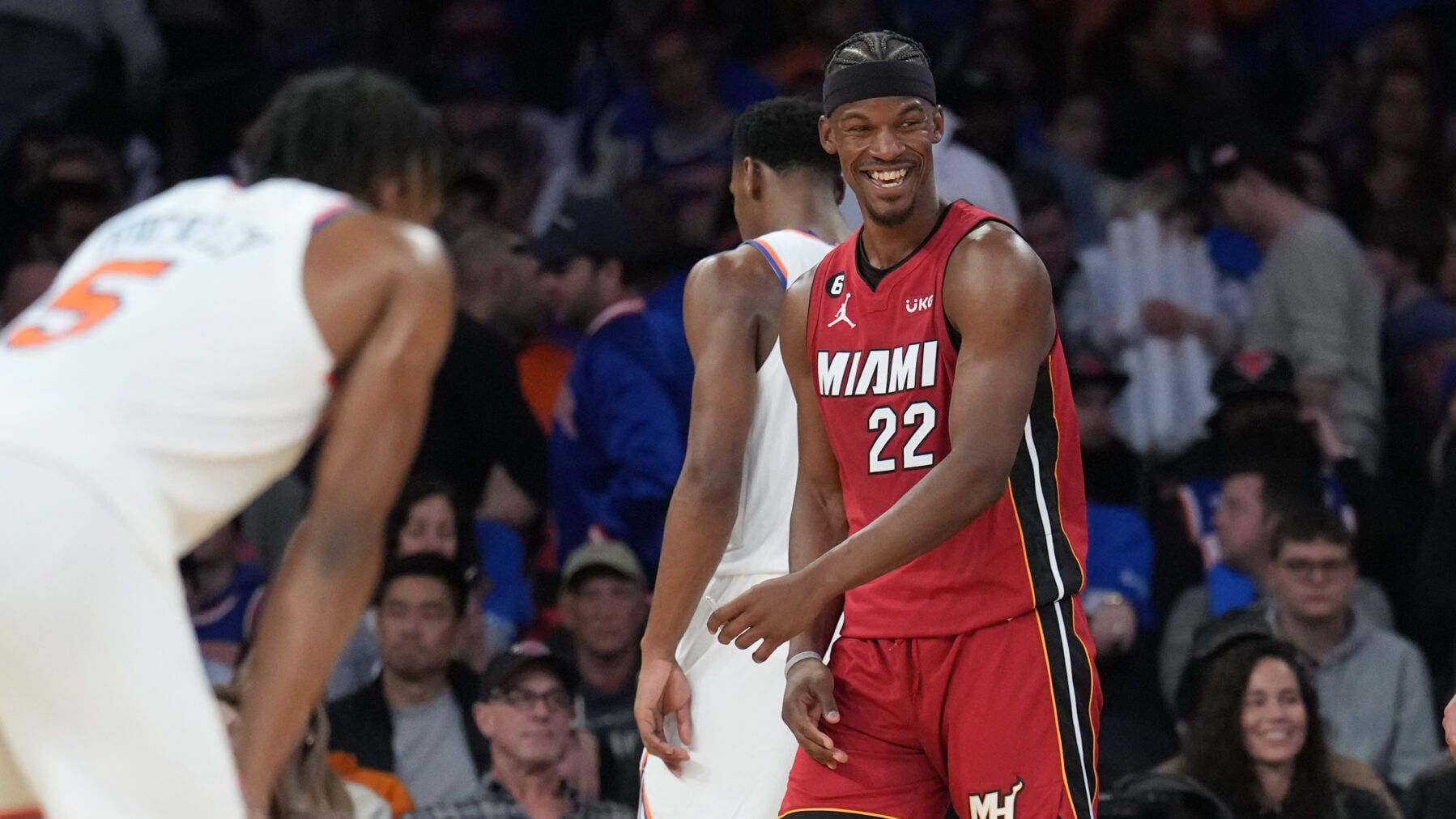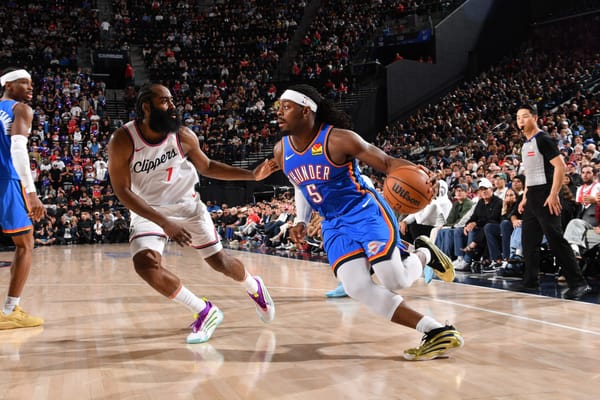Monday Notes: Bank Runs, Sports Roundup

How Palm Springs ran out Black and Latino families to build a fantasy for rich, white people

Audit confirms over 99% of New Yorkers tracked by NYPD gang database are still Black or brown

First Republic Bank Is Seized and Bulk Sold to JPMorgan

Why Banks Keep Failing
In March, Silicon Valley Bank, once the envy of the nation’s tech elite with more than $200 billion in assets, went down the tubes in a flash—pretty much 36 hours from start (rumors of its insolvency) to finish (the announcement of a takeover by the Federal Deposit Insurance Corporation).
When First Republic fails and is seized by the FDIC, as is widely expected to happen, it will replace SVB as the second-largest bank failure in American history.
What’s going on? Why did these three previously solid, medium-size banks suddenly face annihilation? The answer lies in the nature of banking itself. Our so-called fractional banking system is fundamentally risky and vulnerable to external shocks, like the recent rise in interest rates, which these banks’ managers should have anticipated—but evidently had not.

Sports Roundup: Warriors win and play Lakers next, Playoff Jimmy beats the Knicks










